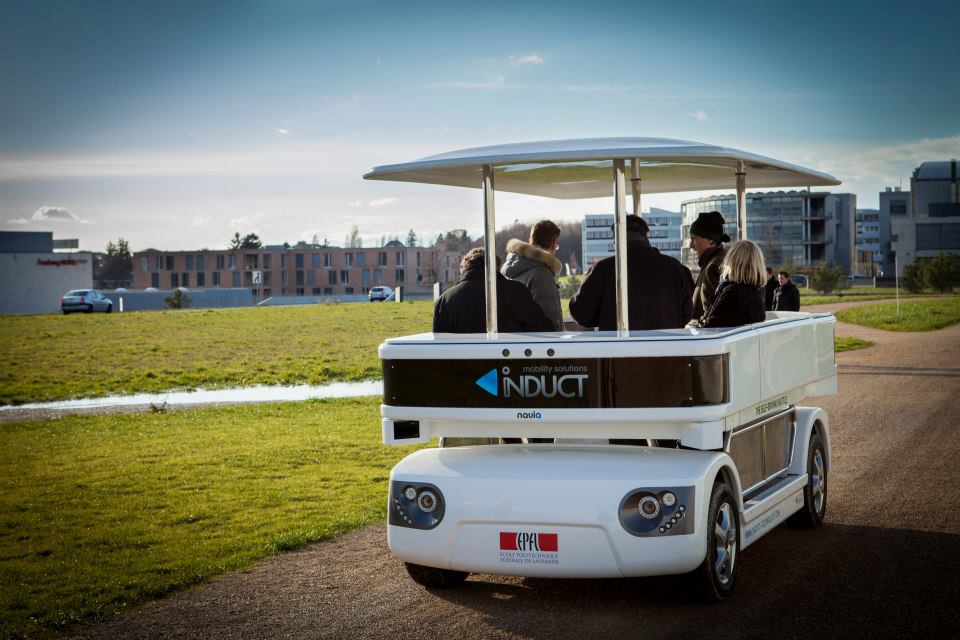Relatively slow and expensive, the Navia from Induct is nonetheless revolutionary for being the first completely autonomous car to come to market. Built for a campus-shuttle level of transportation, the robotic, electric vehicle speeds to only 20 miles per hour and costs $250K, but Brad Templeton, a consultant to Google’s driverless-car division, explains in a short list why it’s still an important step.
“Now 20km/h (12mph) is not very fast, though suitable for a campus shuttle. This slow speed and limited territory may make some skeptical that this is an important development, but it is.
- This is a real product, ready to deploy with civilians, without its own dedicated track or modified infrastructure.
- The price point is actually quite justifiable to people who operate shuttles today, as a shuttle with human driver can cost this much in 1.5 years or less of operation.
- It smashes the concept of the NHTSA and SAE ‘Levels’ which have unmanned operation as the ultimate level after a series of steps. The Navia is at the final level already, just over a constrained area and at low speed. If people imagined the levels were a roadmap of predicted progress, that was incorrect.
- Real deployment is teaching us important things. For example, Navia found that once in operation, teen-agers would deliberately throw themselves in front of the vehicle to test it. Pretty stupid, but a reminder of what can happen.
The low speed does make it much easier to make the vehicle safe. But now it become much easier to show that over time, the safe speed can rise as the technology gets better and better.”
___________________________
Working the city center in Lyon, France, which is also home to an IBM pilot program for new traffic-management technology:
Tags: Brad Templeton

